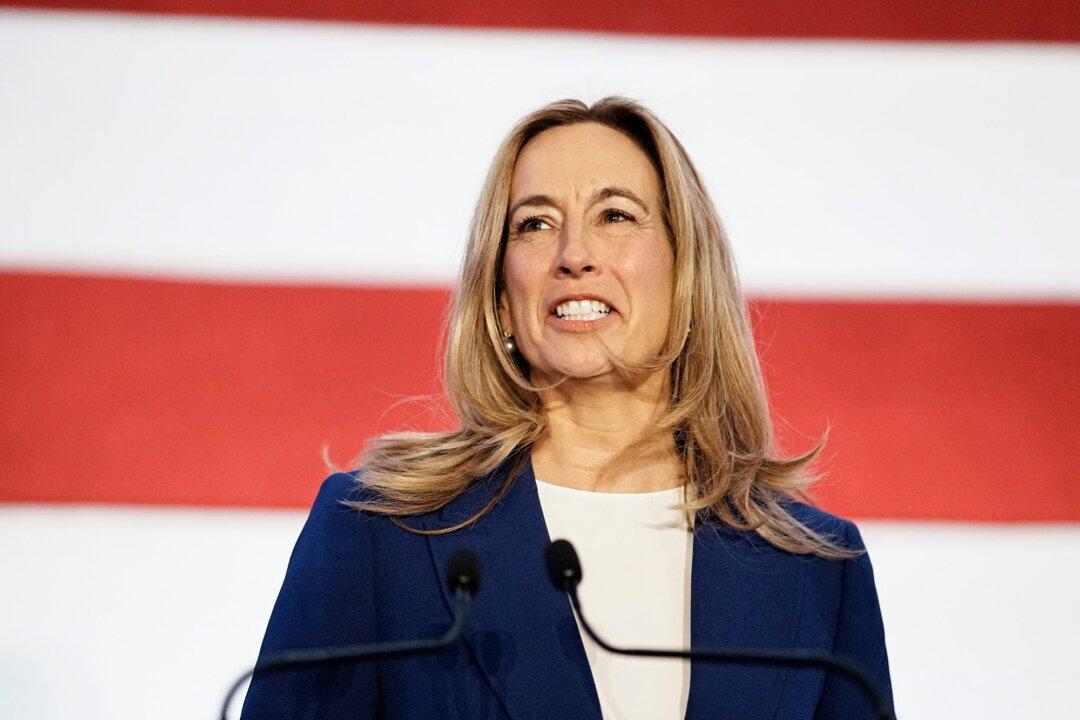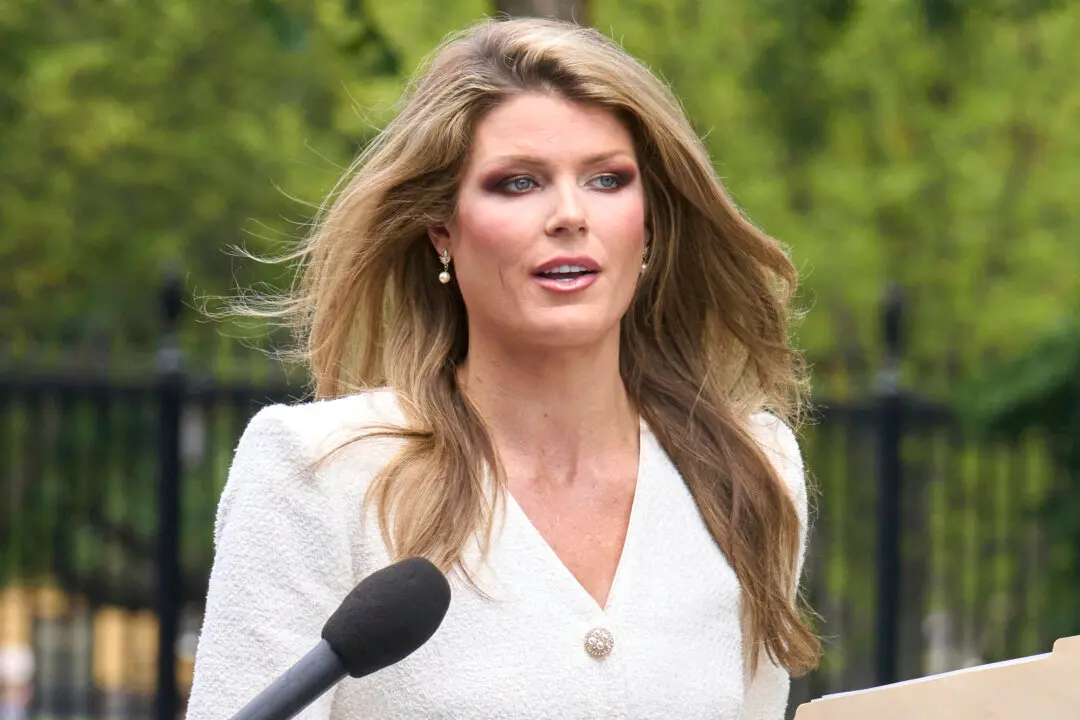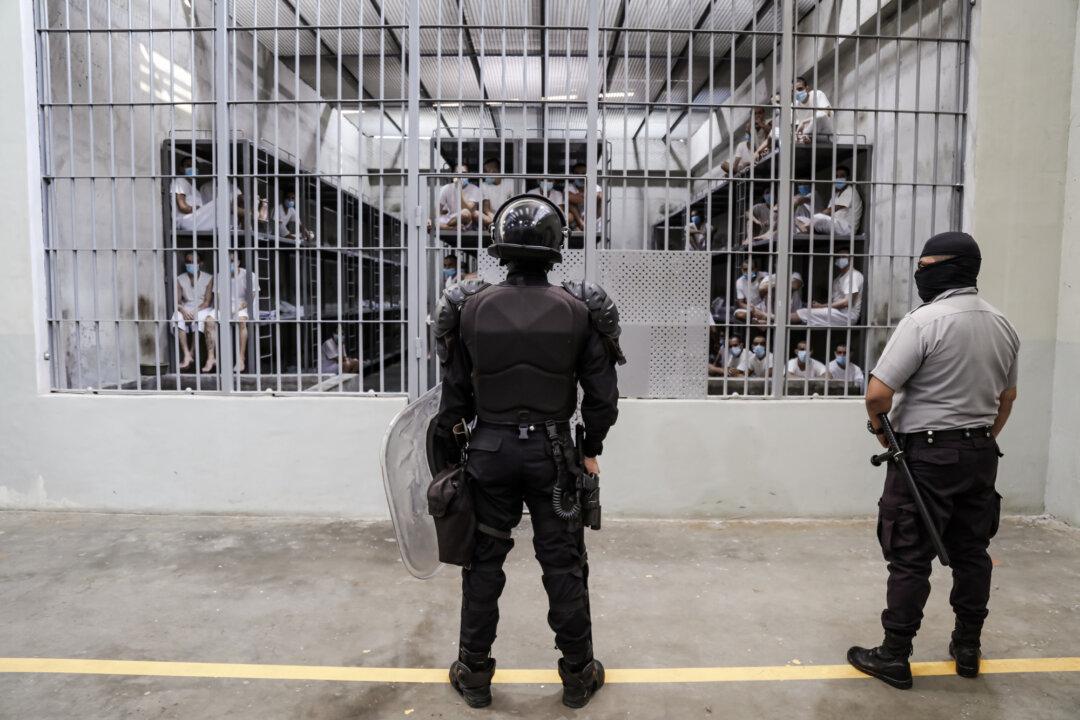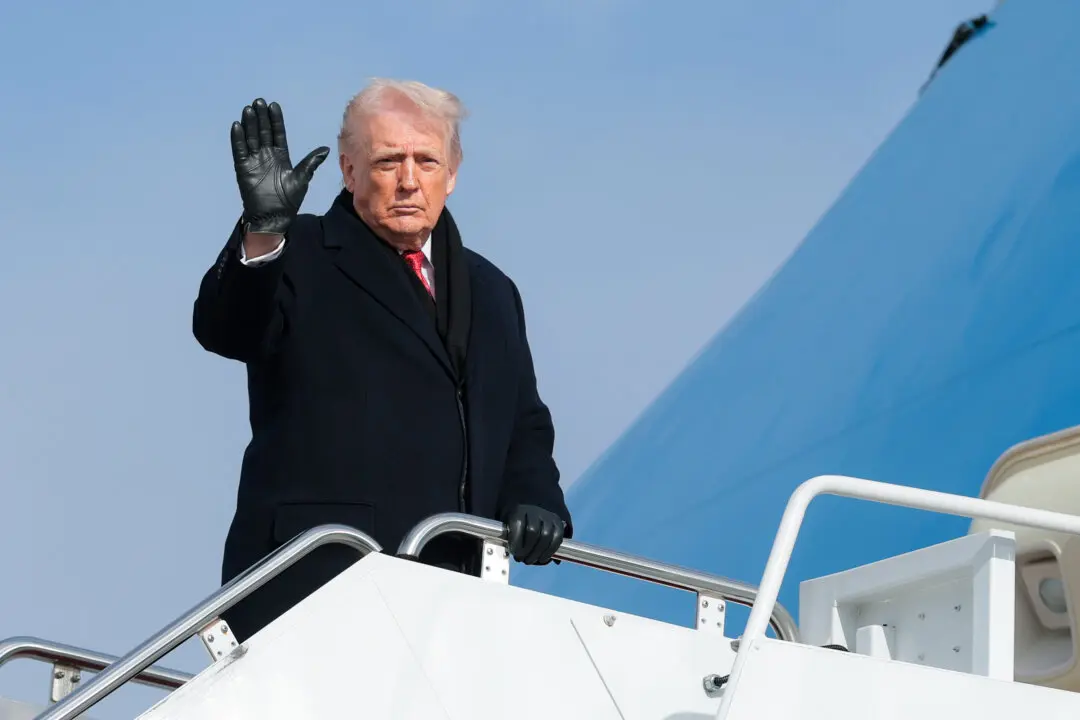The U.S. Department of Agriculture (USDA), which administers the nation’s school meal programs, is acting to make it easier to provide food to low-income kids, as schools from Seattle to New York City close over the threat of COVID-19.
“If schools are closed, we are going to do the very best we can with the tools we have to get those kids fed,” said the U.S. Secretary of Agriculture Sonny Perdue on Monday afternoon at the School Nutrition Association’s (SNA) legislative conference, where food service and nutrition professionals discussed how to feed students, especially those from low-income households, during coronavirus-related shutdowns.





